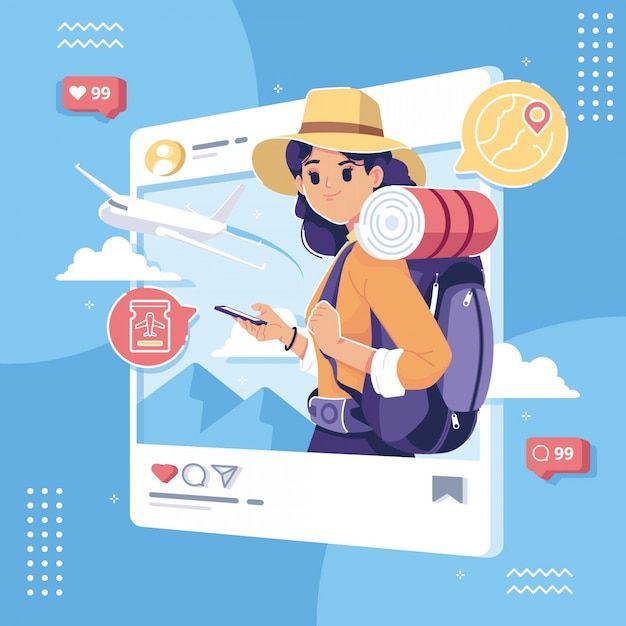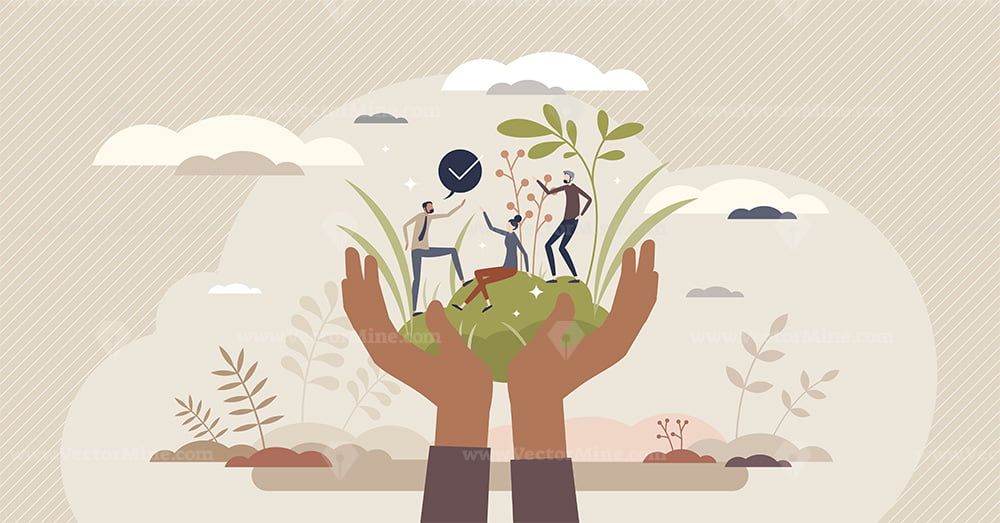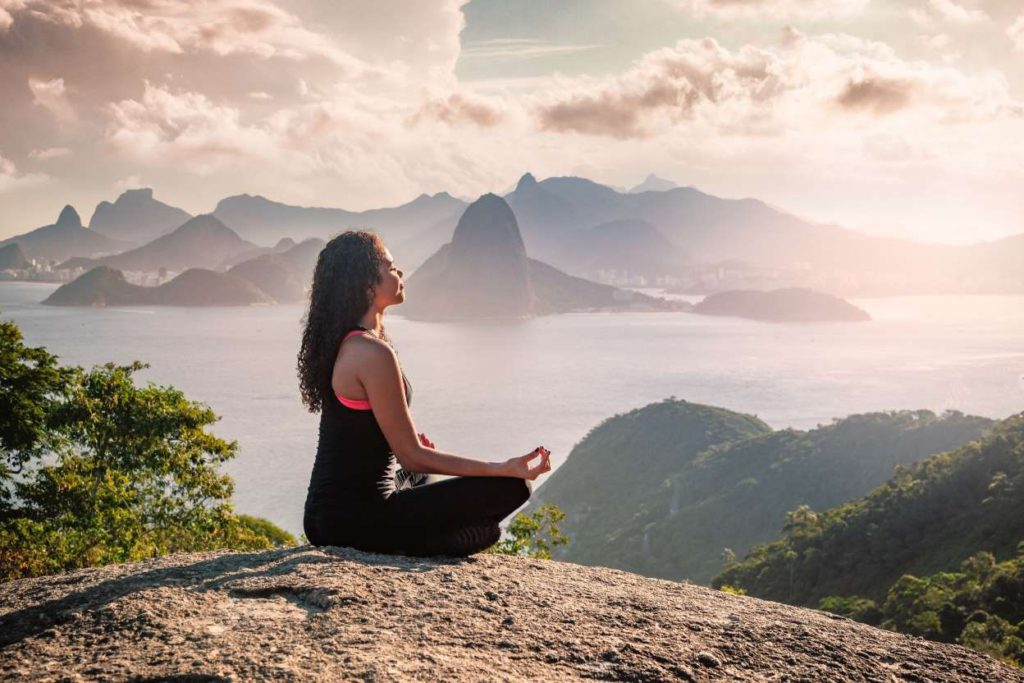In recent years, the world of travel has experienced a 360 degree shift with the emergence of travel vloggers and influencers and on social media platforms such as Instagram, Facebook, etc. These travel influencers are often in a search to unearth unseen destinations, enticing millions of travellers with mesmerising photos and videos. Recently, Chetan Bhagat, India’s leading author criticised the unintended consequences of influencer’s influence that sparked concerns about overcrowding, environmental degradation, and the need for responsible travel practices. Is it only the responsibility of influencers to influence the right way or are followers and people like us also equally responsible to maintain the beauty and sanctity of the place? Let us ‘travel’ through the delicate route.

The Rise of travel influencers and their Influence
Travel influencers have become the torchbearers of the wanderlust generation, offering virtual tours of breathtaking landscapes and hidden gems. Their captivating content fuels the desire for exploration and instils a sense of adventure in people worldwide. As they share reels and photos of off-the-beaten-path locations, these people encourage others to venture beyond mainstream tourist spots and discover the world’s hidden treasures.

Chetan Bhagat’s opinion
Chetan Bhagat, a prominent figure in India, recently expressed his dissatisfaction with travel influencers in a column published in The Times of India. He believes that these influencers have taken away the genuine joy of travel and hospitality, all in pursuit of social media popularity. Bhagat’s frustration was sparked when he came across a reel made by a popular food influencer about a quaint café near his residence. Intrigued by the video, Bhagat and his wife decided to visit the cafe, only to find a long waiting period, a crowded scene spilling onto the streets, and the restaurant struggling to manage the influx of orders. Unfortunately, it turned out that many others had also seen the same reel and rushed to the cafe, causing chaos.
Also Read: Instagram Head Adam Mosseri Feels Android Is Better Than iOS
Dudhsagar Falls and the unintended consequences
Another illustrative example of the unintended consequences of travel influencers’ impact is the story of Dudhsagar falls in Goa. Once a reasonably well-kept secret, the falls became a social media sensation after being revealed by some content creators. The viral content attracted a deluge of tourists, transforming the serene location into a crowded and chaotic scene. The influx of visitors led to dangerous situations, such as tourists walking on rail tracks near the falls, necessitating intervention by the Railway Protection Force and Police to ensure the safety of people.
Overcrowding and environmental impact
The popularity of once-unseen destinations leads to overcrowding, putting immense pressure on local resources and infrastructure. The influx of tourists can strain delicate ecosystems, disrupt wildlife habitats, and cause environmental degradation. The lack of proper waste management and excessive plastic usage further exacerbate these issues, contributing to the deterioration of these pristine locations.

The self-reinforcing effect and social media validation
The allure of social media validation perpetuates the cycle of influencers promoting unseen places, leading to a surge in tourist arrivals. Influencers seek affirmation through the number of likes and shares their content receives. This results in an endless quest for newer, more exotic locations, creating a domino effect of overcrowding from one place to another.
Responsible travel
Responsible travel practices are essential to ensure that the craze for exploration does not come at the expense of the places being explored.
Influencers’ role
Travel influencers can play a pivotal role in promoting responsible travel by being mindful of the destinations they feature. They should prioritise sustainable tourism, showcase lesser-known places responsibly, and avoid over-commercialisation. Instead of creating hype around unseen destinations that are not equipped to handle large crowds, they can focus on advocating for sustainable travel and meaningful experiences.

The Importance of Responsible Travel Behaviour
Individual travellers also bear the responsibility of being respectful and considerate visitors. Engaging in responsible behaviour, such as supporting local businesses, minimising environmental impact, and respecting local culture, can go a long way in ensuring the long-term preservation of unseen places.
Emphasising Sustainable Tourism
Local governments and authorities should also take an active role in promoting sustainable tourism practices. Implementing measures like congestion charges or controlled entry can help regulate visitor numbers and mitigate overcrowding. These measures should be accompanied by robust waste management and conservation efforts to protect the natural beauty and ecological balance of these destinations.

Travel influencers have undeniably changed the way we discover and explore unseen places. However, their impact also raises important questions about the need for responsible travel practices. By combining the allure of virtual exploration with a commitment to preserving the environment and respecting local communities, we can strike a balance that allows future generations to experience the magic without compromising their beauty and authenticity.


